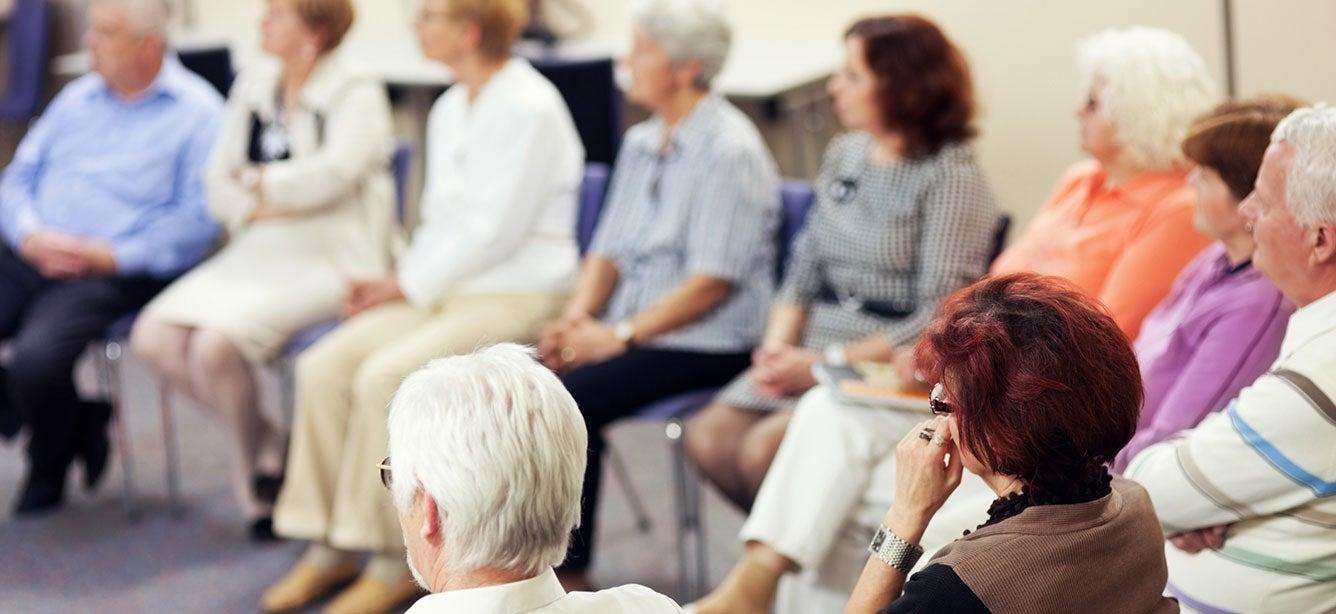
Related Topics
A national challenge
The variety of CBOs responding to our survey underscores the reach and scope of the opioid epidemic. More than 200 organizations, including senior centers, Area Agencies on Aging, health care organizations, and multi-purpose social service organizations in 40 states and Puerto Rico told us about their experiences. 70% of responding CBOs said they were spending more time addressing issues related to the opioid epidemic affecting their older clients or caregivers compared to two years ago.
To put the work already being done by these organizations in perspective, 71% of the surveyed CBOs said they have increased their efforts to address the problem, but only 20% have been able to increase their efforts by more than 25%. That’s a lot of numbers to digest, but they lead to a clear conclusion: no matter where they are, community-based organizations assisting older adults are facing new strains on their resources, and not all of them have been able to adapt.
Lessons learned
Responses to the survey demonstrated how valuable CBOs can be in providing information to policy makers, funders, and partners interested in supporting communities struggling under the weight of opioid abuse. With the responses from CBOs, we have a better understanding of the:
- impact of unexpected caregiving responsibilities for grandchildren or younger relatives
- financial strain of addiction and recovery for seniors themselves or family members
- importance—and lack of—screening for opioid misuse in these organizations
The testimony of the organizations assisting older adults can provide a path for authorities to help stem the opioid epidemic, and help communities recover. Explore the findings of our survey, and ask your local community-based organizations how you can support their work.



